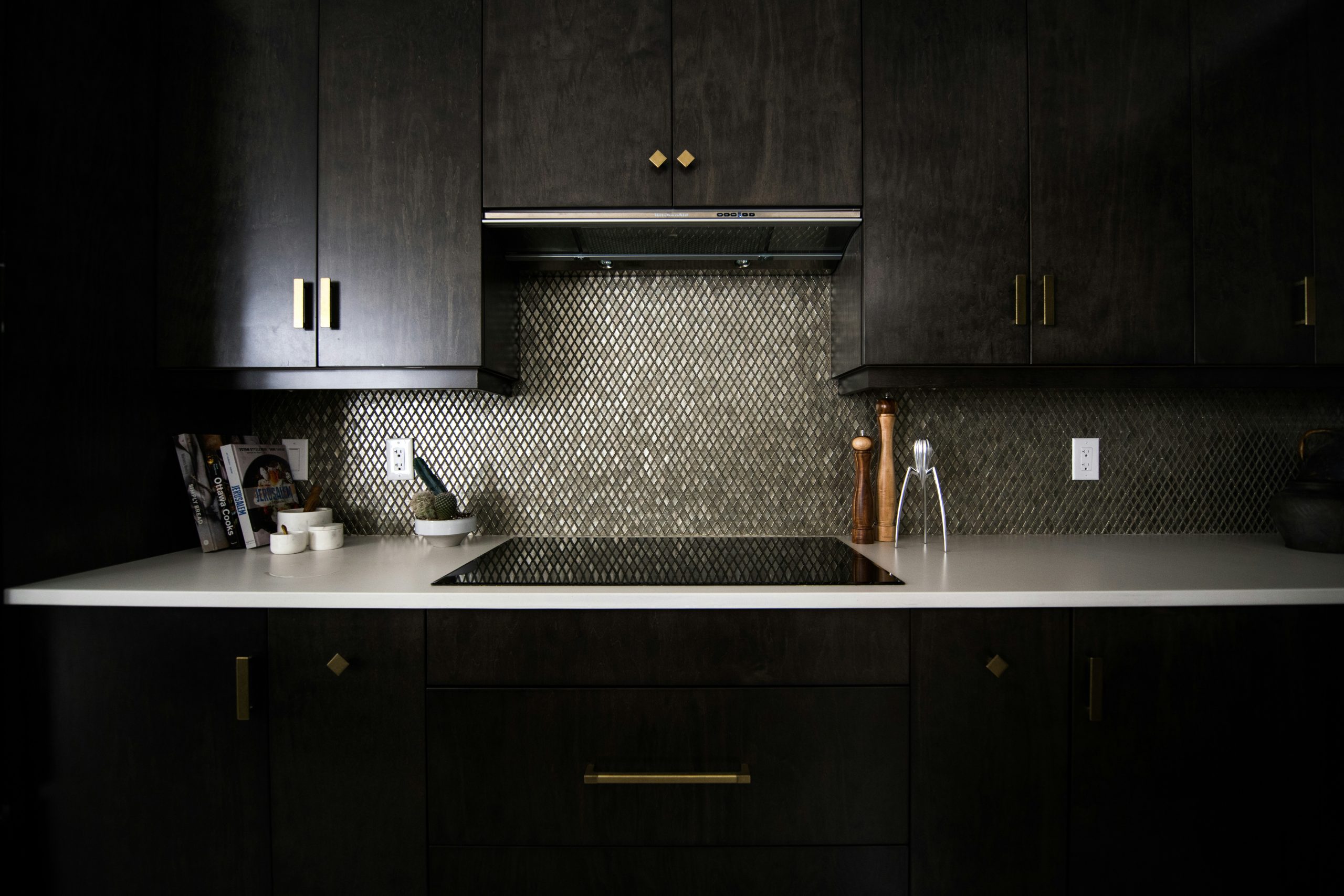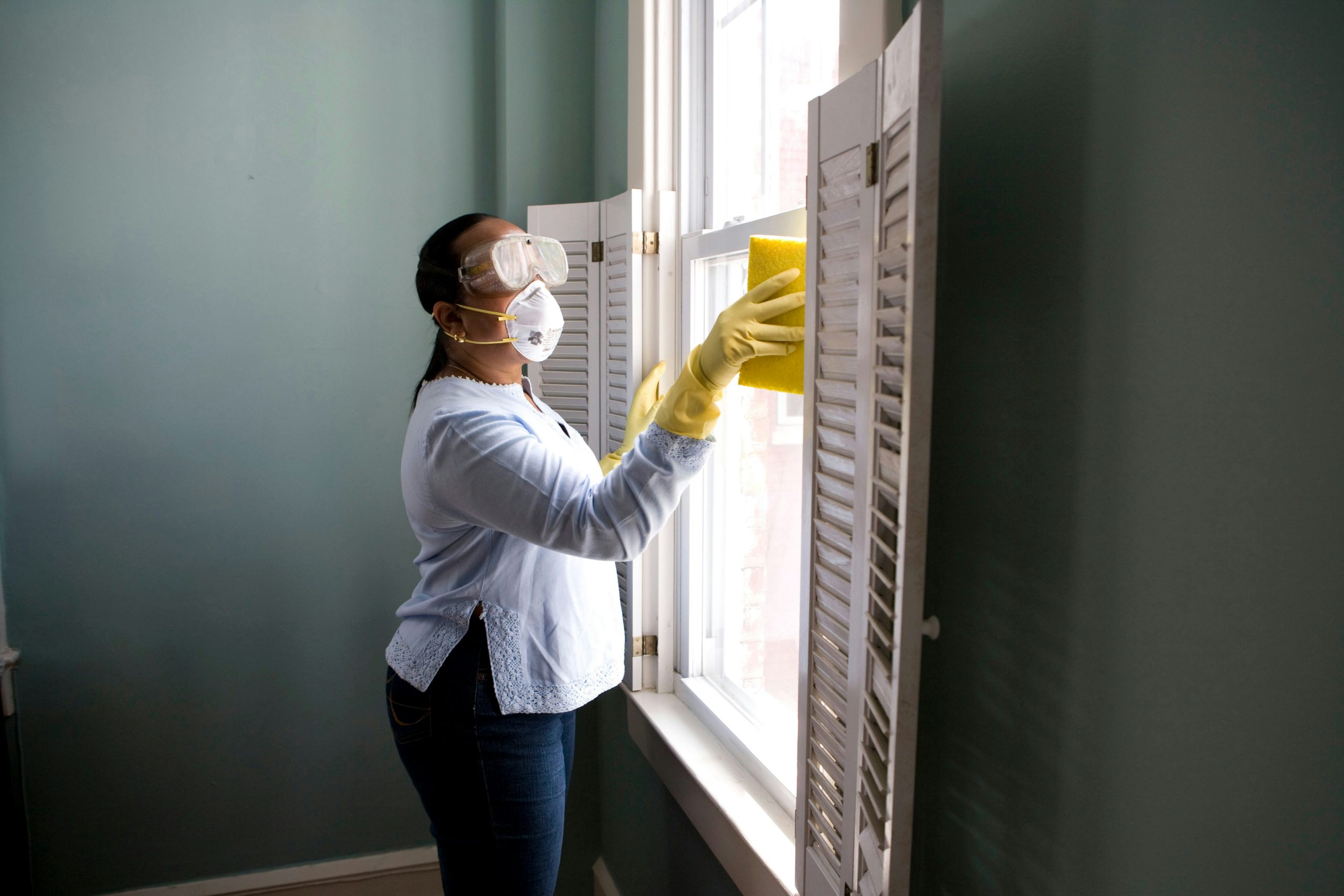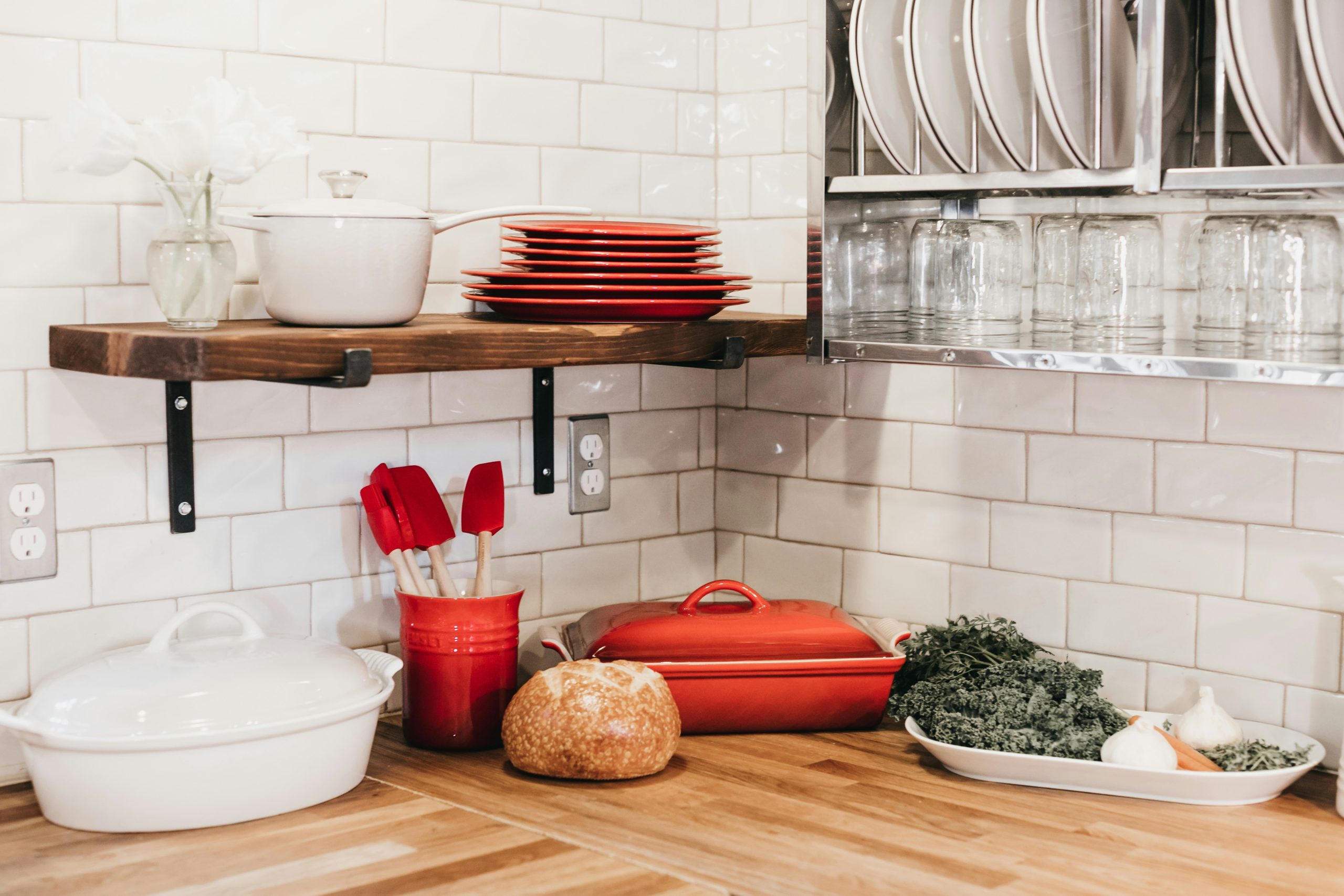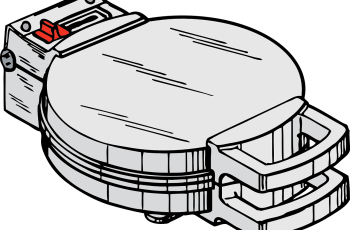Ad Blocker Detected
Our website is made possible by displaying online advertisements to our visitors. Please consider supporting us by disabling your ad blocker.
In this article, you will discover the essential tips and tricks for effectively cleaning and maintaining your pressure cooker. Whether you’re a passionate home cook or a busy professional, keeping your pressure cooker in top-notch condition is crucial for achieving delicious and safe meals. From simple cleaning techniques to helpful maintenance practices, you’ll learn how to extend the lifespan of your pressure cooker and keep it running smoothly for years to come. So, let’s roll up our sleeves and dive into the world of pressure cooker cleanliness!

General Cleaning
When it comes to keeping your pressure cooker in top shape, regular and thorough cleaning is essential. By following a few simple steps, you can ensure that your pressure cooker remains clean, hygienic, and ready to use whenever you need it.
Clean after each use
After each use of your pressure cooker, it is important to clean it thoroughly. This includes washing the pot, lid, and any detachable parts. However, before you begin cleaning, ensure that the pressure cooker has cooled down completely to avoid any risk of burns.
Remove and clean the sealing ring
The sealing ring is a crucial component of your pressure cooker that helps to create a tight seal and maintain pressure during cooking. It is important to remove and clean the sealing ring regularly to prevent any food particles or residue from becoming trapped. Gently remove the sealing ring from the lid and wash it with warm soapy water. Rinse it thoroughly to ensure no soap residue remains, and dry it completely before reattaching it to the lid.
Check for any residue or food particles
Before proceeding with cleaning the pressure cooker body and lid, it is important to check for any residue or food particles that may be stuck to the surfaces. Use a soft sponge or cloth to wipe away any dirt or debris, ensuring that all areas are thoroughly cleaned.
Wash the pressure cooker body and lid
To clean the pressure cooker body and lid, use warm soapy water and a soft sponge or cloth. Gently scrub the surfaces, paying attention to any areas that may require extra cleaning. Rinse the body and lid thoroughly to remove any soap residue.
Dry thoroughly before storage
After cleaning, it is crucial to ensure that your pressure cooker is completely dry before storing it. Use a clean, dry cloth to wipe away any excess moisture. This step is essential to prevent the growth of bacteria or the formation of rust. Once dry, store your pressure cooker in a cool and dry place, away from direct sunlight or heat sources.
Deep Cleaning
While regular cleaning after each use is important, it is also necessary to perform deep cleaning periodically to maintain the longevity and performance of your pressure cooker. Here are some steps to help you deep clean your pressure cooker.
Remove and clean the pressure release valve
The pressure release valve is responsible for regulating the pressure inside the cooker. Over time, it can accumulate dirt or residue, affecting its functionality. To clean the pressure release valve, carefully remove it from the pressure cooker lid. Wash it with warm soapy water, ensuring that all residue is removed. Dry it completely before reattaching it to the lid.
Clean the anti-block shield
The anti-block shield is another integral part of your pressure cooker. Its purpose is to prevent food particles from clogging the pressure release valve. To clean the anti-block shield, detach it from the pressure cooker lid and wash it with warm soapy water. Ensure that all debris is removed, and dry it thoroughly before reattaching it.
Remove and clean the float valve
The float valve helps to regulate the pressure and prevent excessive steam from escaping. It is important to clean the float valve to ensure its proper functioning. Carefully remove the float valve from the pressure cooker lid and wash it with warm soapy water. Remove any buildup or residue, and dry it completely before reattaching it.
Inspect and clean the safety elements
The safety elements of your pressure cooker play a crucial role in preventing accidents and maintaining optimal safety. Regularly inspect these elements, such as the pressure indicator and safety valves, for any signs of dirt, residue, or wear. If needed, clean them thoroughly according to the manufacturer’s instructions. Ensure that all components are dry before reassembling them.
Check and clean the vent pipe
The vent pipe is responsible for releasing excess steam during cooking. Over time, it can accumulate residue or particles, obstructing its proper functioning. Inspect the vent pipe regularly and clean it if you notice any buildup. Use a small cleaning brush or pipe cleaner to remove any debris or residue. Ensure that the vent pipe is completely clean and clear for optimal steam release.
Maintaining the Sealing Ring
The sealing ring is a vital component of your pressure cooker, and proper maintenance is essential to ensure its longevity and effectiveness. Here are some tips to help you maintain the sealing ring.
Regularly inspect for wear and tear
The sealing ring can experience wear and tear over time, affecting its ability to create a tight seal. It is important to regularly inspect the sealing ring for any signs of damage, such as cracks or tears. If you notice any such issues, it is advisable to replace the sealing ring with a new one to maintain the safety and efficiency of your pressure cooker.
Clean and dry the sealing ring after every use
After each use, remove the sealing ring from the pressure cooker lid and wash it with warm soapy water. Pay close attention to cleaning any residue or food particles that may have become trapped in the ring. Rinse it thoroughly and dry it completely before reattaching it to the lid.
Replace if damaged or worn out
If you notice any significant damage or signs of wear on the sealing ring, it is important to replace it promptly. A damaged or worn-out sealing ring can compromise the effectiveness of your pressure cooker and may pose safety risks. Always refer to the manufacturer’s instructions for the correct replacement ring and installation process.
Cleaning the Pressure Regulator
The pressure regulator is a critical part of your pressure cooker that helps to regulate and control the pressure inside the cooker during cooking. To maintain its optimal performance, regular cleaning is necessary.
Remove the pressure regulator
Carefully detach the pressure regulator from the lid of your pressure cooker. Some pressure regulators may have specific mechanisms for removal, so consult your manufacturer’s instructions for guidance. Once removed, proceed with the cleaning process.
Wash it in warm soapy water
Wash the pressure regulator in warm soapy water. Use a soft brush or cloth to remove any dirt or residue that may have accumulated. Pay special attention to any crevices or areas that may require extra cleaning. Rinse the pressure regulator thoroughly to remove any soap residue.
Dry completely before reattaching
After cleaning, ensure that the pressure regulator is completely dry before reattaching it to the lid. Use a clean, dry cloth to remove any remaining moisture. Once dry, carefully reattach the pressure regulator according to your specific pressure cooker model’s instructions.

Cleaning the Gasket
The gasket, also known as the rubber sealing strip, is the component that creates an airtight seal between the pressure cooker pot and lid. Proper cleaning and maintenance of the gasket are necessary to ensure its longevity and effectiveness.
Remove the gasket
Gently remove the gasket from the pressure cooker lid. Take care not to damage or stretch the gasket during the removal process.
Wash with mild detergent and warm water
Wash the gasket with mild detergent and warm water. Use a soft sponge or cloth to clean both sides of the gasket thoroughly. Pay attention to any debris or residue that may be stuck in the gasket’s grooves. Rinse the gasket completely to remove any detergent residue.
Dry completely before reattaching
After washing, it is crucial to ensure that the gasket is completely dry before reattaching it to the pressure cooker lid. Use a clean, dry cloth to remove any excess moisture. Once fully dry, carefully reattach the gasket to the lid, ensuring it is properly seated and secure.
Cleaning the Handles and Control Panel
The handles and control panel of your pressure cooker are frequently touched areas and require regular cleaning to maintain their pristine appearance and functionality.
Wipe with a damp cloth
To clean the handles and control panel, simply wipe them down with a damp cloth or sponge. Use mild soap or a gentle cleaning solution if needed. Take care not to use excessive water, as it can seep into the control panel or handle mechanisms and cause damage.
Avoid soaking in water to prevent damage
It is important to avoid soaking the handles and control panel in water, as prolonged exposure to moisture can lead to damage or malfunction. Instead, gently wipe them down with a damp cloth and dry them thoroughly.

Cleaning the Safety Features
The safety features of your pressure cooker play a vital role in ensuring its safe operation. Regular inspection and cleaning of these safety features are necessary to maintain their effectiveness.
Inspect and clean safety valves regularly
Safety valves are designed to release excessive pressure from the cooker, preventing any potential accidents. Regularly inspect these valves for any signs of dirt, residue, or blockage. If necessary, carefully remove any buildup or debris using a small cleaning brush or a pipe cleaner. Ensure that the safety valves are clean and free from obstructions for optimal performance.
Remove any buildup or debris
Apart from the safety valves, it is important to inspect and clean any other safety features your pressure cooker may have. This includes components like the pressure indicator, locking mechanisms, and any other specialized safety elements. Refer to your pressure cooker’s instruction manual for guidance on proper cleaning methods and frequency.
Ensure proper functioning
After cleaning the safety features, it is essential to ensure their proper functioning. Test the pressure release valve, safety valves, and any other safety mechanisms to verify that they are functioning smoothly and effectively. If you notice any issues or inconsistencies, contact the manufacturer or a certified technician for further assistance.
Removing Stains and Discoloration
Over time, your pressure cooker may develop stains or discoloration, especially on the stainless steel or aluminum surfaces. Here’s a simple method to help remove stubborn stains and restore the original shine to your cooker.
Create a paste of baking soda and water
Mix baking soda and water together to create a paste with a thick, toothpaste-like consistency. Baking soda is a gentle yet effective cleaning agent that can help tackle stains without causing damage to the cooker’s surfaces.
Apply the paste to the stained areas
Using a soft cloth or sponge, apply the baking soda paste to the stained areas of your pressure cooker. Gently rub the paste onto the stains, focusing on tougher areas or stubborn discoloration. Allow the paste to sit on the stains for a few minutes to penetrate and loosen them.
Rub gently using a soft cloth or sponge
After allowing the baking soda paste to sit, use a soft cloth or sponge to gently rub the stained areas. Apply light pressure and circular motions to lift the stains. Be careful not to scrub too aggressively, as this can cause scratches or damage the cooker’s surfaces.
Rinse thoroughly with water
Once you have successfully removed the stains, thoroughly rinse the pressure cooker with water. Ensure that all traces of the baking soda paste are removed, leaving your cooker clean and residue-free. Wipe it dry with a clean cloth to prevent water spots or streaks.
Storing Your Pressure Cooker
Proper storage is crucial to prolonging the lifespan of your pressure cooker and ensuring its ongoing performance. Here are some guidelines to help you store your pressure cooker correctly.
Ensure the pressure cooker is completely dry
Before storing your pressure cooker, it is vital to ensure that all parts, including the pot, lid, sealing ring, and any detachable components, are completely dry. Moisture can lead to the growth of bacteria or the development of rust, compromising the integrity of your pressure cooker.
Store in a cool and dry place
Choose a storage location for your pressure cooker that is cool, dry, and away from any direct sources of heat or sunlight. Extreme temperatures or prolonged exposure to sunlight can affect the durability and functionality of your cooker. Optimal storage conditions will help preserve its quality.
Keep it away from direct sunlight or heat sources
Direct sunlight or heat sources such as stovetops, ovens, or hot appliances can cause damage or warping to your pressure cooker. Always ensure that your pressure cooker is stored in a location where it is shielded from direct exposure to sunlight or heat.
Store with the lid in a slightly open position
To prevent the formation of unpleasant odors or moisture buildup, it is advisable to store your pressure cooker with the lid in a slightly open position. This allows for proper ventilation and airflow, minimizing the risk of any unwanted odors or mold formation.
Additional Tips
Here are a few additional tips and reminders to help you further in cleaning and maintaining your pressure cooker:
Refer to the manufacturer’s instructions
Always refer to the manufacturer’s instructions and guidelines specific to your pressure cooker model. Each cooker may have slightly different cleaning and maintenance requirements, and it is important to follow these instructions for optimal results.
Avoid using harsh chemicals or abrasive materials
When cleaning your pressure cooker, avoid using harsh chemicals or abrasive materials, as they can damage the surfaces or internal components. Stick to mild detergents, soapy water, or natural cleaning agents like baking soda for effective yet gentle cleaning.
Do not immerse the pressure cooker in water
While certain components of your pressure cooker, such as the sealing ring or gasket, can be removed and washed, the main body of the pressure cooker should never be immersed in water. Instead, use a sponge or cloth to clean the exterior surfaces.
Regularly check for any signs of damage or wear
Regularly inspect your pressure cooker for any signs of damage, wear, or malfunction. This includes checking for cracks, dents, loose handles, or any other abnormalities. If you notice any issues, contact the manufacturer or a certified technician for further assistance.
By following these comprehensive cleaning and maintenance steps, you can ensure that your pressure cooker remains in excellent condition, providing you with delicious meals for years to come. Regular care and attention will not only extend the life of your cooker but also enhance its performance, allowing you to enjoy the convenience and efficiency of pressure cooking.

